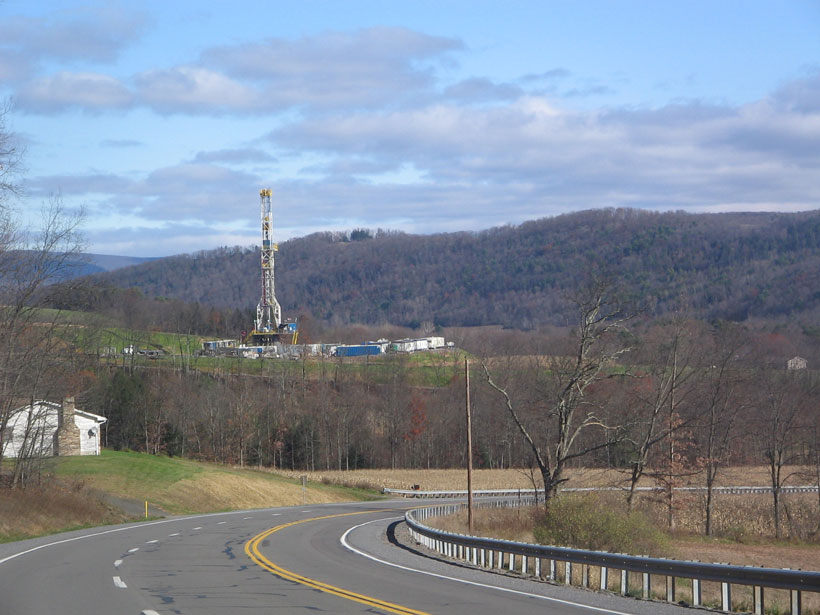Source: Geophysical Research Letters
As a greenhouse gas, methane packs quite the punch: Its warming potential is 84 times more potent than carbon dioxide over 20 years and 28 times more potent over 100 years. Methane, mostly released into the atmosphere by livestock, landfills, and biomass burning, is also released during the production of coal and natural gas. Although the overall methane emissions from the coal and natural gas sectors have decreased over the past 20 years, they still account for over 30% of anthropogenic methane emissions in the United States.
The U.S. Environmental Protection Agency (EPA) uses a bottom-up approach to estimate methane emissions. The bottom-up method measures emissions from a representative sample of emitters in a region, but research has shown that the majority of emissions from natural gas producers stem from just a small percentage of facilities. If one of the major emitters is missed in the inventory, it could skew regional and national estimates.
The alternative to the bottom-up approach is a top-down strategy that measures all of the methane in the atmosphere—both human caused and natural—and teases out the emission sources using tracers. Barkley et al. used the top-down approach recently to estimate methane emissions from underground coal and natural gas production in southwestern Pennsylvania. The region is home to the Marcellus Shale, the most productive gas basin in the United States.
The authors used data from six flights flown over southwestern Pennsylvania and northern West Virginia in 2015 and 2016. The flights collected continuous data on methane in the atmosphere, which they used to evaluate a methane emissions inventory of the region. To distinguish between methane emitted by coal, natural gas, and biogenic sources (e.g., landfills or animal agriculture), the authors collected data on ethane in the atmosphere. Coal and natural gas have different ratios of ethane to methane, and biogenic sources do not emit ethane. The team supplemented the flight data with natural gas well production and gas composition data provided by Pennsylvania, Ohio, and West Virginia.
The results indicate that methane emissions from coal production mostly match the EPA’s calculations. In contrast, natural gas methane emissions in the region are underreported by a factor of 5. The authors suggest that the estimates from coal mining may be more accurate because methane emissions from mine ventilation shafts are measured four times per year.
To evaluate how these findings relate to climate impacts, the authors calculated the carbon dioxide equivalent for coal and natural gas emissions over a 100-year period. They determined that despite the underestimation of natural gas emissions from EPA inventory estimates, coal production has nearly twice the effect on the climate as unconventional natural gas production in Pennsylvania. In other words, replacing energy from underground mines with natural gas represents an approximately 50% decrease in carbon dioxide equivalent emissions.
The study represents one of the first aircraft-based emissions evaluations of underground coal mines and demonstrates the potential value of using ethane to estimate methane emissions. (Geophysical Research Letters, https://doi.org/10.1029/2019GL082131, 2019)
—Aaron Sidder, Freelance Writer
Citation:
Sidder, A. (2019), In Pennsylvania, methane emissions higher than EPA estimates, Eos, 100, https://doi.org/10.1029/2019EO123421. Published on 14 May 2019.
Text © 2019. The authors. CC BY-NC-ND 3.0
Except where otherwise noted, images are subject to copyright. Any reuse without express permission from the copyright owner is prohibited.

